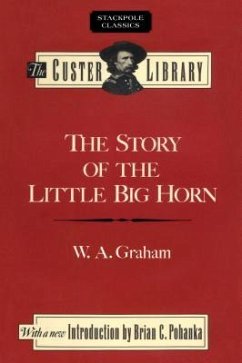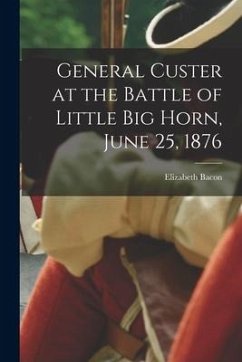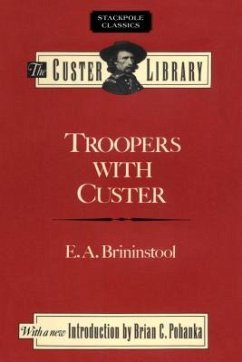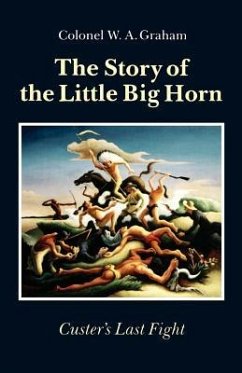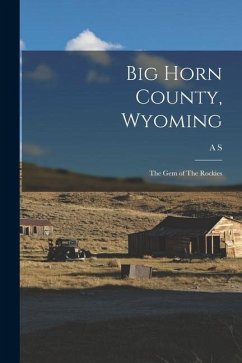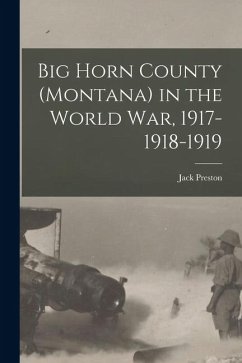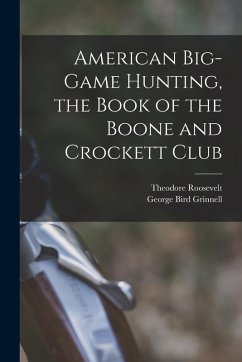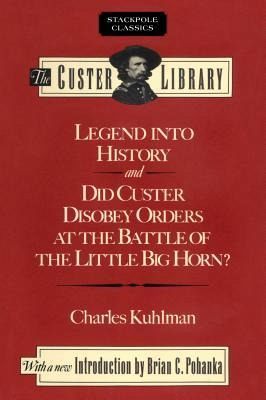
Legend into History and Did Custer Disobey Orders at the Battle of The Little Big Horn
Versandkostenfrei!
Versandfertig in über 4 Wochen
17,99 €
inkl. MwSt.

PAYBACK Punkte
9 °P sammeln!
“If we wish to understand why Custer, Reno, Benteen, or any of the troop commanders did what they did, we must, in imagination, ride at their elbows and try to see what they saw at any given time and place, the nature of the terrain, what they knew or believed about the position and numbers of the enemy, the whereabouts of the different detachments of the regiment, and try to understand their doubts and perplexities resulting from insufficient information… I have sought to explain in a systematic way they why of the battle no so much by dint of quotation from the sources as by subjecting t...
“If we wish to understand why Custer, Reno, Benteen, or any of the troop commanders did what they did, we must, in imagination, ride at their elbows and try to see what they saw at any given time and place, the nature of the terrain, what they knew or believed about the position and numbers of the enemy, the whereabouts of the different detachments of the regiment, and try to understand their doubts and perplexities resulting from insufficient information… I have sought to explain in a systematic way they why of the battle no so much by dint of quotation from the sources as by subjecting these sources to a rigid analysis in order to discover what they seem to spell after all definite inconsistencies have been canceled out.” From Legend into History With the possible exception of Gettysburg, no battle fought on American soil has caused so much discussion or widespread speculation as the epic Custer fight on the wild, rugged terrain north of the Little Big Horn River in Montana on June 25, 1876. The stories that have been told and retold are legion, some of them lurid and without basis in fact of logic; legends based on misconceptions and unsound premises have come to be accepted as fact, and the definitive history can never be written because the 210 officers and men under Lt. Col. George Armstrong Custer’s immediate command were all killed. There is no mystery as to what happened, nor approximately when. The intriguing unknown factors have been the how and the why. Charles Kuhlman believed that the broken character of the terrain, unsuited to the irresistible cavalry charge that the Indians feared, played a major and often unrecognized part in the relative tactics of the opposing forces, and that time and space factors, synchronized with known facts painstakingly careened and analyzed, and limned against the background of the actual terrain, would provide the clues to solve the mystery of why and how. Kuhlman’s 64-page defense of Custer’s actions, Dis Custer Disobey Orders at the Battle of the Little Big Horn?, is also included in this edition.



